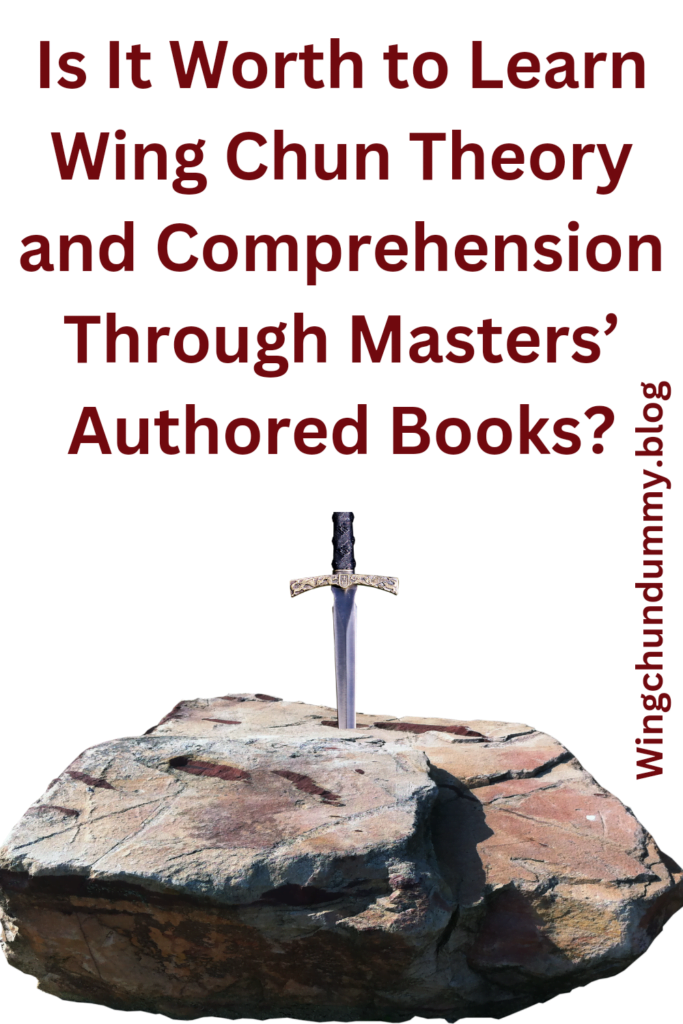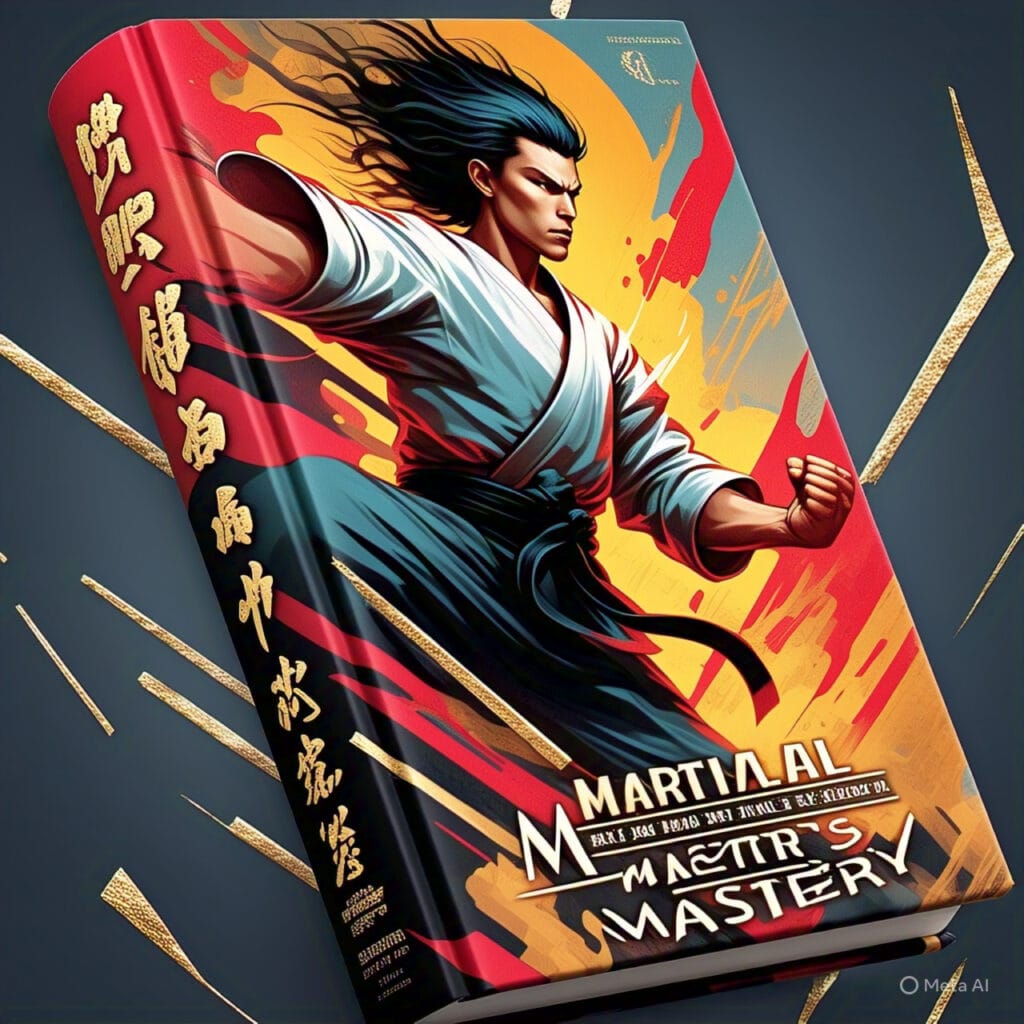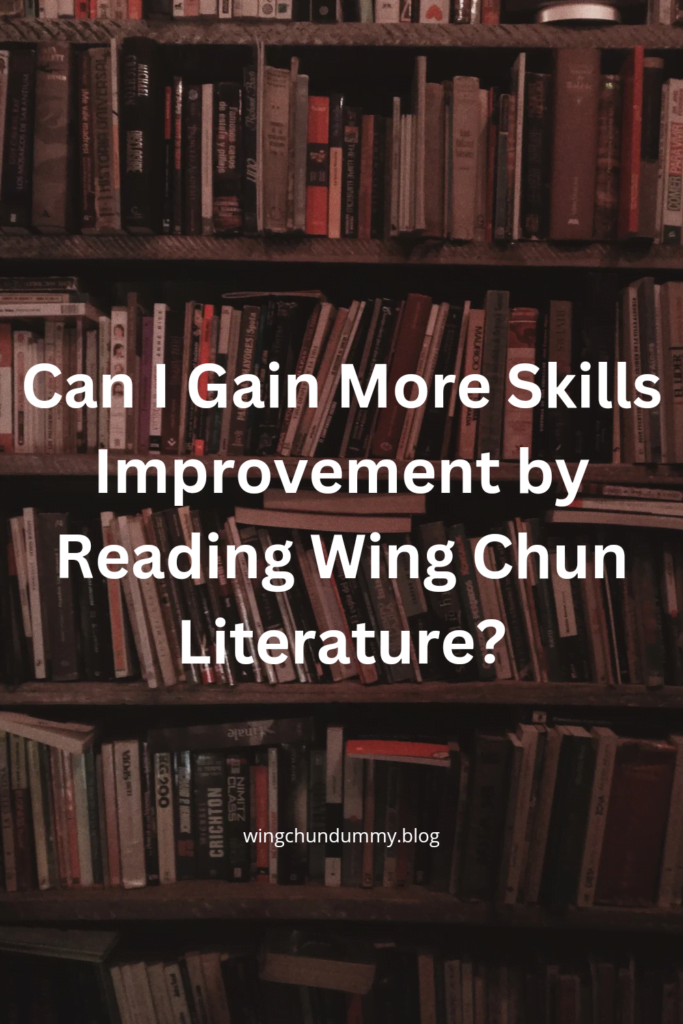Wing Chun is a distinctive form of martial art that originated in Southern China during the Qing Dynasty.
It is renowned for its economy of movement and efficiency, emphasizing close-range combat and rapid strikes.
The foundational principles of Wing Chun include simplicity, directness, and adaptability.
Which distinguish it from other martial arts that may focus on more elaborate techniques or longer forms of engagement.
Historically, Wing Chun holds deep cultural significance, having been developed by Buddhist nun Ng Mui and passed down through generations.
Its integration into Chinese martial culture is evident, as it was designed to be a practical and effective form of self-defense.
The art form gained widespread recognition through the teachings of Ip Man, one of the most celebrated Wing Chun masters, who trained many students, including the legendary Bruce Lee.

Wing Chun’s approach to combat is unique in its focus on centerline theory, which prioritizes protecting and attacking along the body’s central axis.
This theoretical framework allows practitioners to maintain balance and control, enabling efficient defense and counter-attacks.
Additionally, Wing Chun incorporates concepts such as Chi Sao (Sticky Hands) to enhance sensitivity and reflexes, making it a highly responsive and adaptable martial art.
Compared to other martial arts like Karate or Taekwondo, which often emphasize high kicks and powerful strikes.
Wing 🍗 Chun’s techniques are more refined and compact.
The emphasis on close-quarters combat and the use of simultaneous attack and defense make Wing Chun particularly effective in real-world scenarios.
Its training methods, which include wooden dummy drills and partner exercises, are designed to develop both physical and mental acuity.
The cultural and historical significance of Wing Chun, combined with its practical application, makes it a fascinating subject for both practitioners and scholars.
As we delve into the value of learning Wing Chun theory through masters’ authored books.
It is essential to appreciate the rich heritage and distinctive features that make this martial art a timeless discipline.
The Importance of Theory in Martial Arts
Theoretical knowledge plays a pivotal role in martial arts training, serving as the bedrock upon which physical techniques are built.
Understanding the principles and philosophies behind martial arts techniques is not merely an academic exercise.
It is an essential component that enriches the practitioner’s journey.
Theory provides context, guiding the martial artist in the application and adaptation of techniques to different scenarios.
The integration of theory and practice in martial arts can be likened to the relationship between the mind and body.
Physical practice without theoretical understanding can lead to a mechanical execution of techniques, devoid of the deeper comprehension necessary for mastery.
Conversely, theory without practical application remains abstract and untested.
Together, they create a holistic approach to martial arts that fosters both skill and wisdom.
In Wing Chun, for instance, theoretical knowledge such as the centerline theory and the concept of simultaneous attack and defense are fundamental.
These principles inform the practitioner’s movements.
Ensuring that techniques are executed with efficiency and precision.
Similarly, in disciplines like Karate, understanding the philosophical underpinnings of “Karate-do” -.

the way of the empty hand – elevates the practice from mere combat sport to a path of personal development.
Historical examples from various martial arts further underscore the significance of theoretical study.
The Samurai of feudal Japan, for instance, were not only skilled warriors but also scholars of Bushido, the code of moral principles.
Their deep understanding of Bushido shaped their conduct both on and off the battlefield.
In Chinese martial arts, the study of Taoist and Zen philosophies has been integral, guiding practitioners towards a harmonious and balanced approach to life and combat.
Thus, the symbiotic relationship between theory and practice in martial arts cannot be overstated.
Engaging with the theoretical aspects through masters’ authored books or other scholarly resources can deepen one’s comprehension and appreciation of the art.
This comprehensive understanding ultimately enhances the effectiveness and meaningfulness of martial arts training.
Masters’ Authored Books: A Valuable Resource
Books authored by Wing Chun masters serve as a significant resource, offering unique insights and perspectives that are often difficult to obtain elsewhere.
These texts provide authentic, first-hand knowledge directly from those who have dedicated their lives to mastering and teaching this martial art.
By delving into these writings, students of Wing Chun can gain a deeper understanding of the principles, techniques, and philosophies that underpin the practice.
One of the primary advantages of studying books written by Wing Chun masters is the preservation of traditional teachings.
These texts capture the essence of the art as intended by its most skilled practitioners.
Ensuring that the original methods and concepts are not lost over time.
This is particularly important in an era where martial arts can sometimes be commercialized or diluted.
The books serve as a bridge to the past, linking modern learners with the rich heritage of Wing Chun.
Several prominent Wing Chun masters have made significant contributions to the literature on this martial art.
For instance, Ip Man, one of the most renowned figures in Wing Chun history, has had his teachings compiled into various works that continue to influence practitioners worldwide.
Similarly, Wong Shun Leung and Leung Ting have authored books that delve into the intricacies of Wing Chun techniques and training methodologies.
These masters’ writings not only convey technical knowledge but also offer a glimpse into the mindset and philosophies that guided their practice.
The impact of these writings on the martial arts community is profound.
They provide a foundational understanding for beginners while offering advanced practitioners nuanced insights that can refine their skills.
Furthermore, these books foster a sense of continuity and respect for the lineage of Wing Chun.
Encouraging students to appreciate the depth and complexity of the art.
As such, the works of Wing Chun masters are invaluable resources for anyone serious about mastering this martial art.
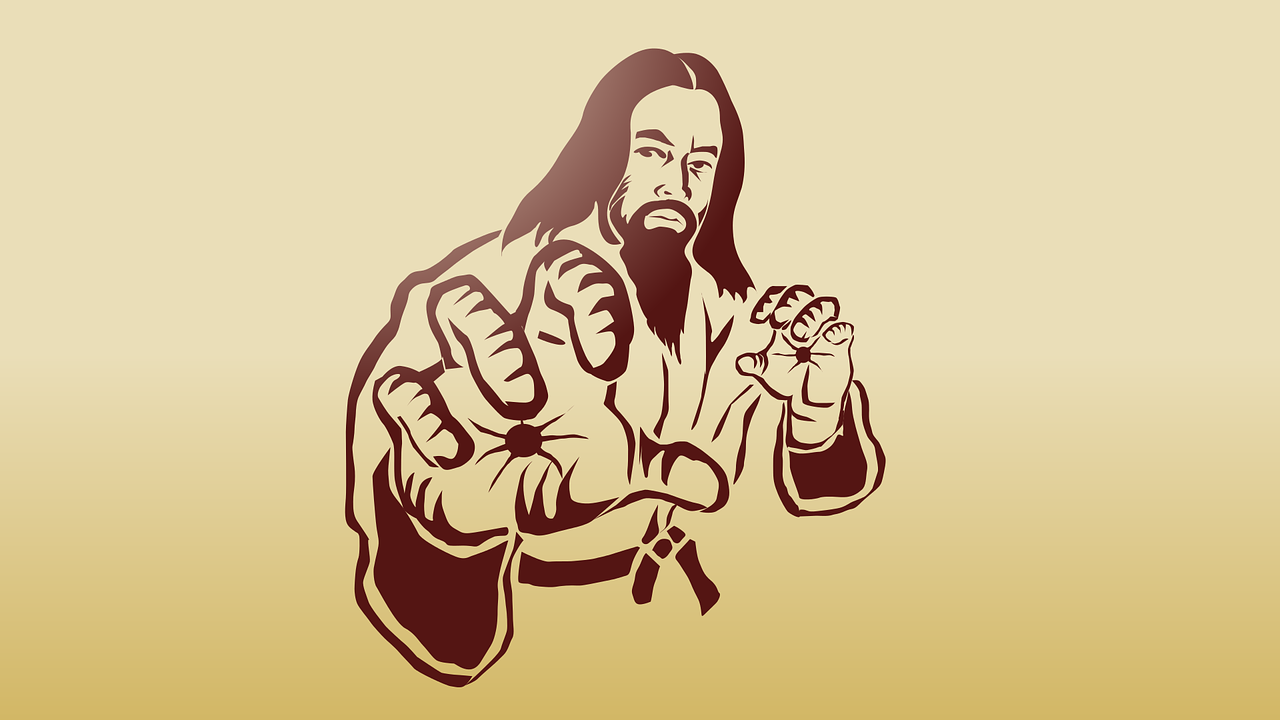
Advantages of Learning from Books
Books have long been a valuable resource for the transmission of knowledge, and this holds true for the study of Wing Chun theory.
One of the primary advantages of learning from books is the accessibility of information.
Unlike other forms of media, books can be accessed at any time and place.
making them an invaluable resource for those who may not have continuous access to a qualified Wing Chun instructor.
This accessibility ensures that learners can immerse themselves in Wing Chun theory whenever they choose.
without the constraints of scheduled classes or training sessions.
Another significant benefit of using books as a learning tool is the ability to study at one’s own pace.
Every learner has a unique rhythm and speed when it comes to absorbing new information.
Books allow individuals to read, reread, and contemplate the material as many times as necessary.
ensuring a deeper understanding of complex concepts.
This aspect of self-paced learning is particularly beneficial for mastering the nuanced theories and intricate techniques that are essential to Wing Chun.
Moreover, books offer the opportunity to revisit complex concepts multiple times.
When learning a sophisticated martpial art like Wing Chun.
It is common to encounter theories and principles that are not immediately clear.
Having a book as a reference allows students to go back to specific sections and review the material until it is fully comprehended.
This repeated exposure to the information helps solidify understanding and enhances retention.
Books also serve as a supplementary resource alongside practical training and classes.
While hands-on practice and instruction from a skilled teacher are irreplaceable, books can complement this by providing detailed explanations and theoretical background that may not be fully covered in class.
They can fill in the gaps, offering a more rounded and complete learning experience.
In essence, books enrich the practical training of Wing Chun by providing a theoretical framework that supports and enhances the physical practice.
Challenges and Limitations

Relying exclusively on books to learn Wing Chun theory presents several challenges and limitations.
that can hinder a comprehensive understanding of the martial art.
One significant drawback is the absence of practical experience.
which is essential for mastering Wing Chun techniques.
While books authored by masters provide valuable insights into the philosophy and theoretical aspects of Wing Chun.
They cannot replicate the experiential learning gained through hands-on practice.
The tactile feedback, real-time adjustments, and immediate corrections available in a live training environment are crucial for developing proper technique and form.
Moreover, there is a substantial risk of misinterpreting techniques when learning solely from textual descriptions.
Wing Chun movements often involve subtle nuances that are difficult to capture in written words or even static images.
The precision of angles, the flow of energy, and the timing of movements are elements that require demonstration and practice under the guidance of an experienced instructor.
Without this guidance, students may develop incorrect habits that are challenging to correct later on.
Another limitation of learning Wing Chun through books is the inherent difficulty in conveying the dynamic nature of the martial art.
Textual descriptions can be static and may not effectively communicate the fluid transitions and interactive aspects of Wing Chun.
The lack of interactive feedback means that learners might miss out on understanding the full context of movements.
such as how to adapt techniques in response to an opponent’s actions.
Therefore, while books authored by Wing Chun masters can be an excellent resource for theoretical knowledge.
They should be complemented with practical training.
A balanced approach, combining the study of written materials with live instruction and practice is essential for a well-rounded understanding of Wing Chun.
This holistic method ensures that students not only grasp the theoretical principles but also develop the practical skills necessary to apply them effectively.
Integrating Book Knowledge with Practical Training
Integrating theoretical knowledge gained from Wing Chun books with practical training is essential for a comprehensive understanding of the art.
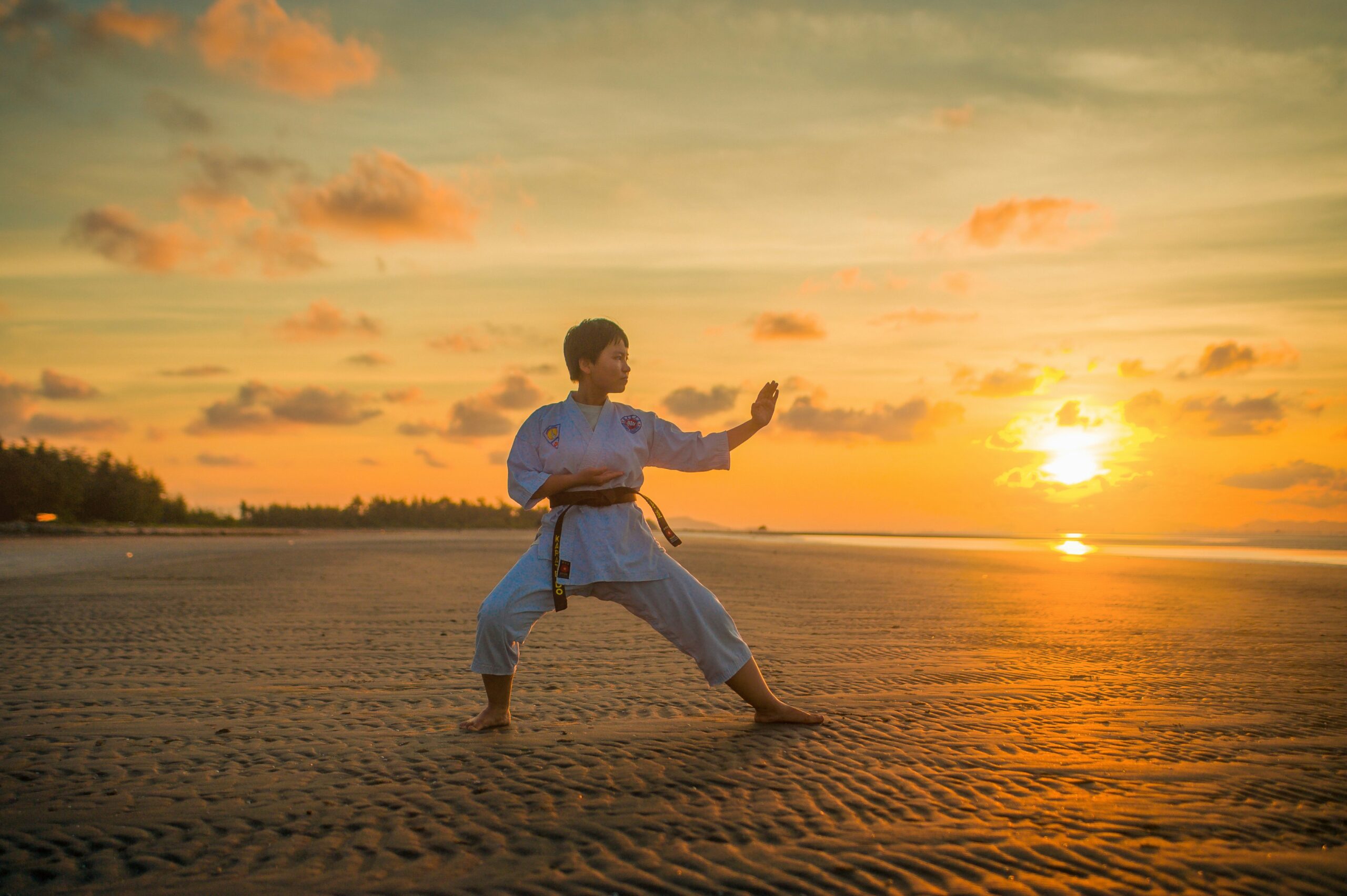
To begin with, it is beneficial to systematically align reading sessions with your training schedule.
For instance, after reading a chapter that focuses on a particular technique or concept.
dedicate your next training session to practicing that specific aspect.
This approach ensures that the theoretical insights are directly applied in a practical context.
facilitating better retention and comprehension.
Another effective strategy is to take detailed notes during your reading.
Highlight key principles, techniques, and training methodologies discussed by the masters.
These notes can then serve as a reference during your training sessions.
By comparing your notes with your practical experiences.
you can identify areas where your understanding might be lacking or where you need further clarification.
Incorporating solo drills and visualization techniques can also be beneficial.
For example, if you have read about a particular stance or movement, practice it in front of a mirror to ensure correct form and alignment.
Visualization techniques, where you mentally rehearse the movements.
and applications described in the books, can further solidify your understanding and improve muscle memory.
Seeking feedback from experienced instructors is crucial in this integrative process.
During your training sessions, demonstrate the techniques and concepts you’ve studied and ask for constructive feedback.
Instructors can provide valuable insights, correct any misconceptions.
and offer practical tips to enhance your execution.

Their expertise ensures that the theoretical knowledge is translated accurately into practice.
preventing the development of bad habits or incorrect techniques.
Finally, engage in discussions with fellow practitioners.
Sharing and debating the concepts learned from books can provide new perspectives and deeper insights.
This collaborative approach not only reinforces your understanding but also fosters a supportive learning environment where everyone can benefit from shared knowledge.
Testimonials from Practitioners
Many Wing Chun practitioners have found immense value in studying books authored by renowned masters.
These testimonials offer a glimpse into how theoretical knowledge has significantly enhanced their practice and deepened their understanding of Wing Chun.
John M., a practitioner with over a decade of experience, shares, “Reading books by Wing Chun masters like Ip Man and Wong Shun Leung has been transformative.
The theoretical frameworks provided a new perspective on techniques I had been practicing for years.
Understanding the principles behind the movements made my practice more precise and effective.”
Similarly, Sarah L., who began her Wing Chun journey three years ago, states.
“Initially, I focused solely on physical training.
However, once I started reading about the theories and philosophies from master-authored books, my approach changed.
The books helped me appreciate the art’s depth and intricacy.
making my training sessions more meaningful.”
Another practitioner, Alex P., emphasizes the role of these books in bridging gaps in his learning.
“There were certain concepts in Wing Chun that I struggled with during classes.

Reading detailed explanations from masters clarified those concepts and filled in the blanks.
It was like having a personal tutor guiding me through the complexities of the art.”
For some, the books have also acted as a motivational tool.
Emma R. explains, “The stories of dedication and discipline from Wing Chun masters inspired me to persevere through challenging phases in my training.
The theoretical insights not only improved my skills but also reinforced my commitment to the practice.”
These varied perspectives highlight the diverse impact of learning Wing Chun theory through masters’ authored books.
Whether it’s gaining a deeper understanding of techniques.
finding clarity on complex concepts, or drawing inspiration.
these texts have proven to be invaluable resources for practitioners at all stages of their Wing Chun journey.
Conclusion: Balancing Theory and Practice
In our exploration of Wing Chun, we’ve delved into the rich tapestry of knowledge that masters’ authored books offer.
These texts provide invaluable insights into the theory that underpins the art, elucidating principles, techniques, and the philosophical foundation of Wing Chun.
The writings of these masters serve as essential resources that can deepen one’s understanding.
offering perspectives that might be missed in purely practical training.
However, it is crucial to recognize that Wing Chun, like any martial art, is fundamentally experiential.
The theoretical knowledge gained from books must be complemented by rigorous and consistent practice.
The physical application of techniques, sparring, and real-world scenarios are indispensable in honing one’s skills.
Books can illustrate the ‘how’ and ‘why’ behind movements.
but only through practice can one develop the muscle memory, reflexes, and intuitive responses necessary for mastery.

Balancing theory and practice is key to a comprehensive Wing Chun journey.
For practitioners, approaching training with a mindset that values both elements will foster a more rounded and profound proficiency.
Theory without practice can become abstract and disconnected, while practice devoid of theory may lack direction and depth.
Integrating the wisdom gleaned from masters’ books with hands-on training.
ensures that one’s growth in Wing Chun is both knowledgeable and functional.
In closing, the path to mastering Wing Chun is a dynamic interplay of learning and doing.
Embrace the knowledge offered by the masters through their authored books, but equally.
commit to the discipline and perseverance required in practical training.
This balanced approach will not only enhance your technical skills but also deepen your appreciation and understanding of the art.
leading to a more fulfilling and effective Wing Chun practice.

